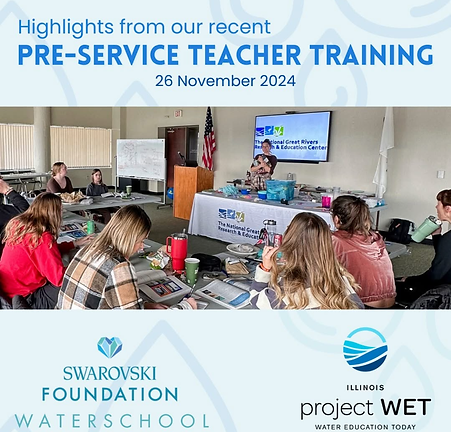
Semester 2
Spring Semester 2024

CIED 313
Intro to Educational Assessment
A big part of being a teacher is knowing the different ways of assessing students knowledge.
In our Assessment class we researched a technological tool to asses students knowledge.
Oryx Learning is a webpage that uses math curriculum based on current standards for grades K-8.
*Click on the picture above to view the presentation
CIED 321
Primary Literacy
Cormorant Garamond is a classic font with a modern twist. It's easy to read on screens of every shape and size, and perfect for long blocks of text.
CIED 443
Social Studies Methods
We have learned the standards of teaching Social Studies in the classroom, along with how to teach the different aspects of social studies. When most think of Social studies at school, they only think of history and do not include economy, geography, and civics.
-
To make learning more interesting and get students more involved in learning about these is an inquiry project.
As teachers we also need to know what our students know.
-
For one of our assignments we Interviewed students from two different school and recording their anwsers about U.S. history will give us the insight on what they know and what they need to know.
CIED 303
Field Experience
Activities
Parkview Elementary School
Ms. Melody Seneczyn
3rd Grade Classroom
Trade activity
The students learned about a world where we had to trade with our neighbors to get what we needed before money was ever created.
science activity
The students made their own models of different rock formation through a very hands on activity involving candy.
Senior year at SIUE
My Journey as an Elementary Education Major
As an aspiring elementary school teacher, my journey has been shaped by invaluable experiences both in and out of the classroom. From fieldwork to professional development courses, each step has deepened my passion for teaching and prepared me to create engaging, hands-on learning experiences for my future students.
Professional Development: Hands-On Learning
One highlight of my preparation was attending a professional development course focused on implementing hands-on lessons in the classroom. During this course, I collaborated with other future teachers to explore creative, interactive activities that bring learning to life. Together, we practiced and refined lessons that emphasized engagement, alignment with standards, and cross-curricular connections. This experience gave me practical strategies and inspired me to design lessons that are both meaningful and memorable for students.
My Teaching Philosophy
In my classroom, I aim to create an inclusive, supportive environment where all students feel valued and empowered. I believe in the power of hands-on learning to spark curiosity and make complex concepts accessible. By integrating cross-curricular activities and aligning lessons with state standards, I strive to provide students with a well-rounded, engaging education that fosters critical thinking and a love for learning.
Memorable Classroom Lessons
Pumpkins: Do They Float?
One of my most engaging lessons with second-grade students was centered around the question: Do pumpkins float? This inquiry-based science lesson captivated students from the start. We began by predicting whether pumpkins of various sizes would float or sink, sparking curiosity and debate.
Lesson Details:
-
Science: Students explored buoyancy and density through hands-on experiments with real pumpkins, recording their observations in science journals.
-
Math: We measured and weighed the pumpkins, comparing their sizes and charting our data.
-
Reading and Writing: Students read a story about pumpkins and wrote reflective paragraphs about their findings.
-
Art and Creativity: Students created diagrams of pumpkins and labeled the parts of a pumpkin to tie in with life sciences.
This lesson aligned with state standards in science, math, and language arts, while also fostering collaboration and critical thinking. It was designed to stretch across multiple subjects and could easily be extended into a full unit covering agriculture, storytelling, and even cultural traditions surrounding pumpkins.
How Rocks Are Formed
Another favorite lesson focused on the fascinating process of rock formation. I designed a hands-on activity where students learned about the three types of rocks: igneous, sedimentary, and metamorphic.
Lesson Details:
-
Science: We began by discussing the rock cycle using visuals and diagrams. Students then participated in a hands-on simulation where they created "rocks" using crayon shavings. They applied heat and pressure to simulate igneous and metamorphic rock formation and layered shavings to mimic sedimentary rock.
-
Math: Students analyzed data about rock properties and graphed their findings.
-
Writing: Each student wrote an explanation of the rock cycle, including how their crayon "rocks" transformed during the activity.
-
Social Studies: We connected the lesson to geography, discussing how different types of rocks contribute to landforms.
This lesson was a hit with the students, combining creativity, inquiry, and interdisciplinary learning. It also reinforced the importance of making abstract concepts tangible and relatable.
Looking Ahead
As I approach my final semester of student teaching, I’m excited to lead lessons independently and continue refining my instructional practices. The opportunity to create engaging, standards-aligned lessons that spark curiosity in students is what drives my passion for education.
I will graduate with my teaching degree in May 2025, and I cannot wait to step into my own classroom. My goal is to inspire students, help them grow academically and personally, and create a lifelong love for learning.


